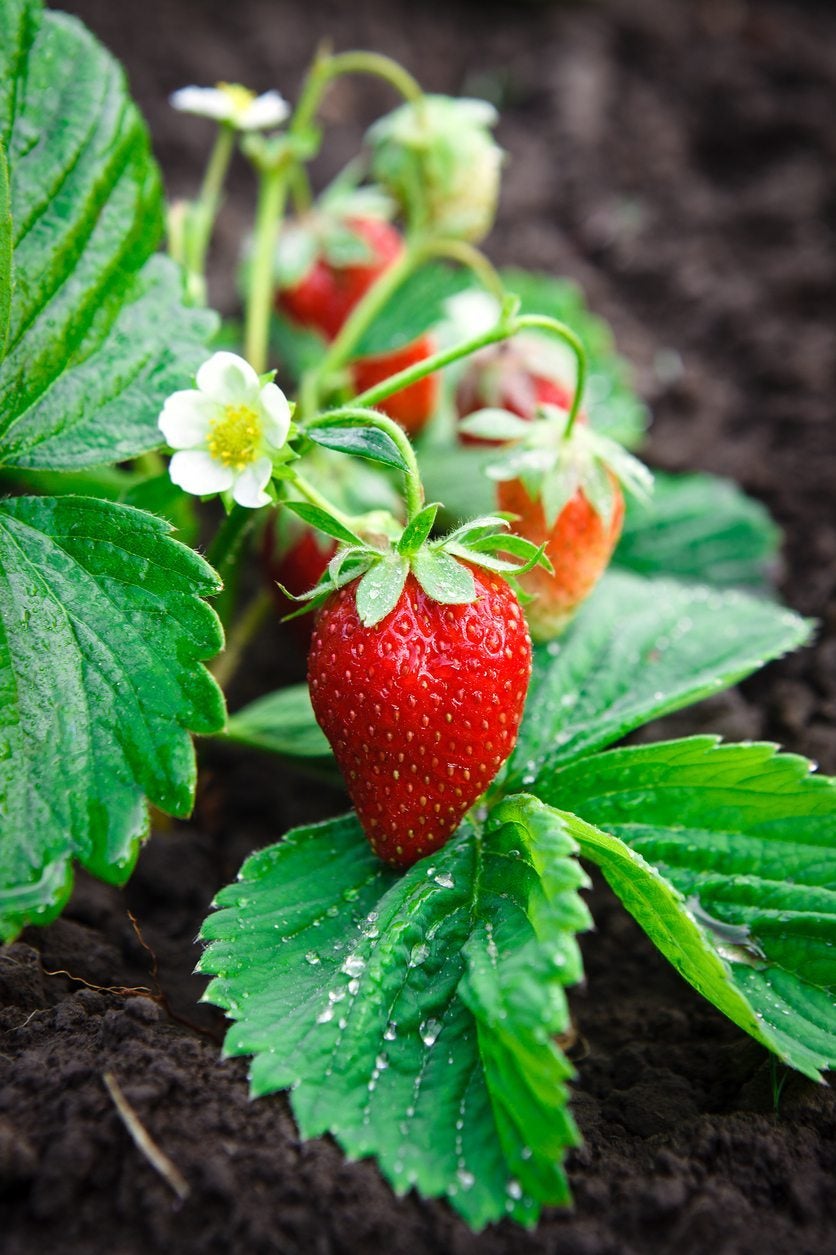
June-bearing strawberry plants produce lots of runners and secondary plants which can make the berry patch overcrowded. Overcrowding makes the plants compete for light, water, and nutrients which, in turn, reduces the amount and size of the fruit they produce. That’s where strawberry renovation comes into play. What is renovation of strawberries? Strawberry renovation is an important practice many folks neglect. Not sure how to renovate strawberry plants? Keep reading to find out how and when to rejuvenate a strawberry plant.
What is Renovation of Strawberries?
Simply put, strawberry renovation is the removal of a large number of old berry plants in an established planting to allow the more heavily fruiting secondary or daughter plants to take over. Basically, the practice aims to eliminate the competition between dense plantings and to maintain the strawberry patch for successive years of production. Renovation not only thins out old plants and jump starts new plant development, but it keeps plants in rows for easier picking, controls weeds, and allows a side-dressing of fertilizer to be worked down into the root zone. So, when should you rejuvenate a strawberry plant? Strawberries should be renovated as soon as possible at the end of harvest season each year. After harvest, strawberries go through a semi-dormant stage for about four to six weeks, which usually starts around the first of June and lasts through the middle of July. The earlier the process is done; the earlier runner plants develop which means a higher yield the following year.
How to Renovate Strawberry Plants
Clip or mow the foliage low enough to remove the leaves yet high enough not to damage the crown. Apply a complete fertilizer that contains nitrogen, phosphorous, and potassium. Broadcast at the rate of 10 to 20 pounds (4.5-9 kg.) per 1,000 square feet (93 sq. m.). Rake the leaves from the area and remove any weeds. Remove any plants outside of a row that is a foot (31 cm.) across using either a shovel or rototiller. If using a rototiller, the fertilizer will be worked in; otherwise, use a shovel to work the fertilizer in around the plants roots. Water the plants deeply and immediately to water the fertilizer in and give the roots a good dose. Side-dress the berries with a high nitrogen fertilizer in late August or September which will provide sufficient nutrients for newly developing fruit buds in the next year.
Sign up for the Gardening Know How newsletter today and receive a free copy of our e-book "How to Grow Delicious Tomatoes".

Amy Grant has been gardening for 30 years and writing for 15. A professional chef and caterer, Amy's area of expertise is culinary gardening.
